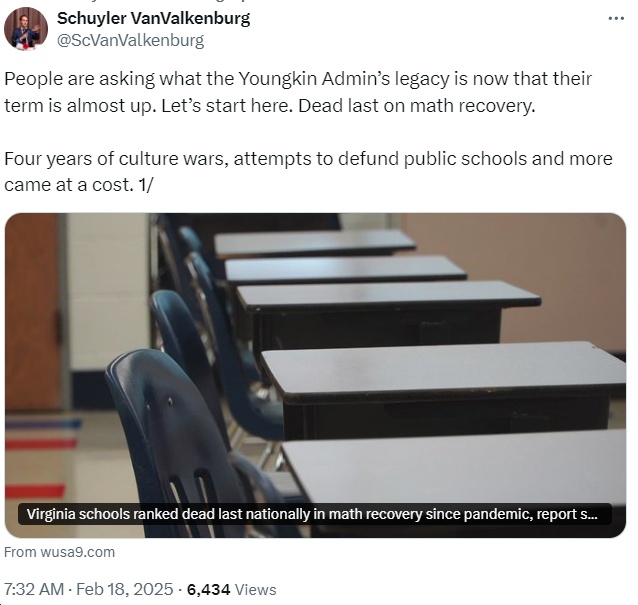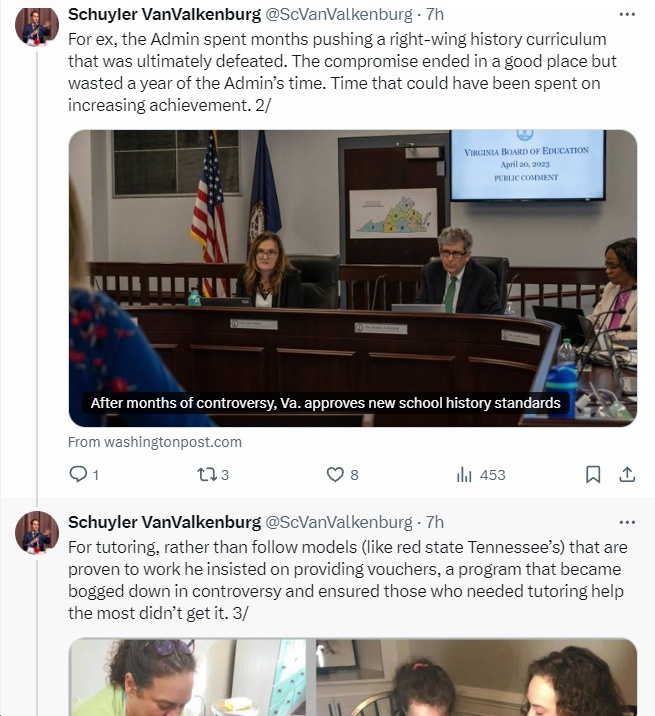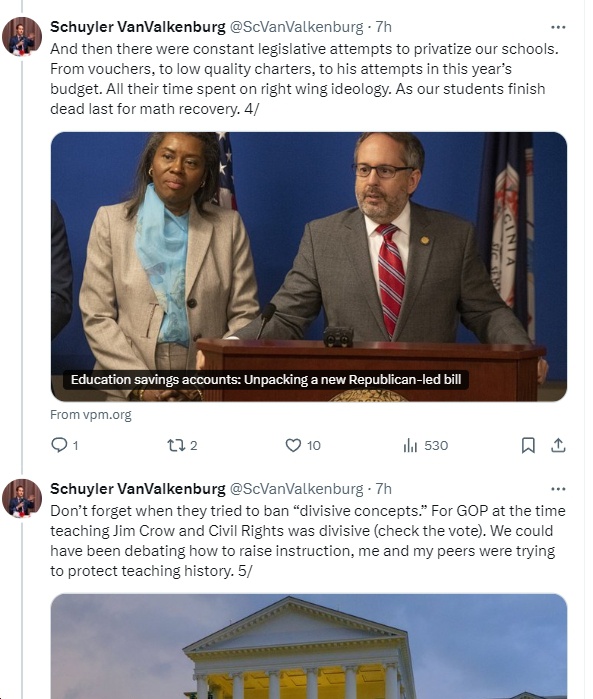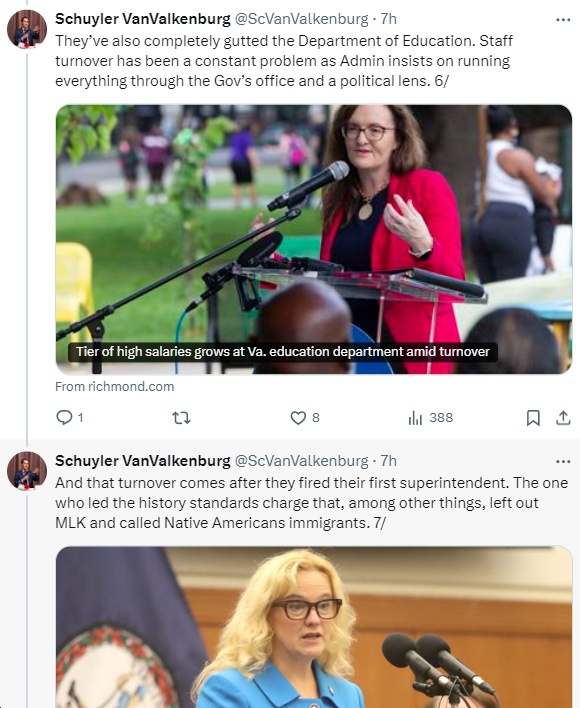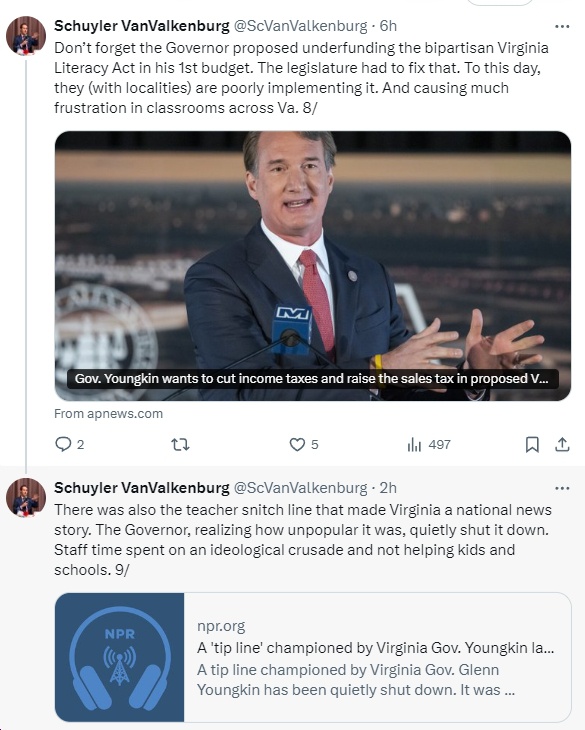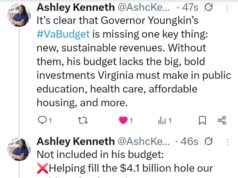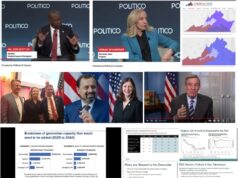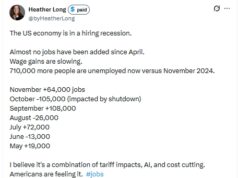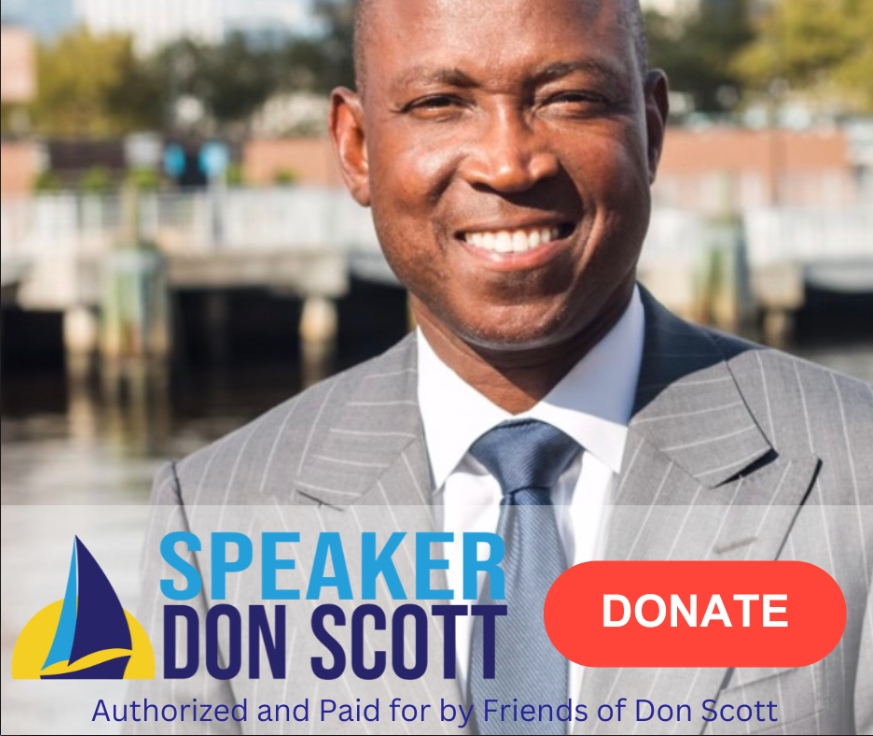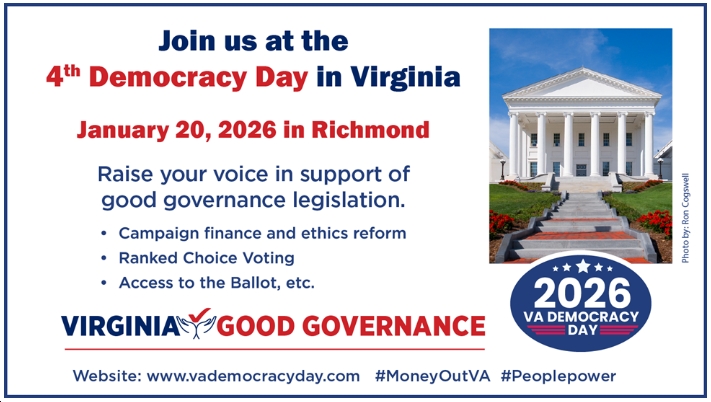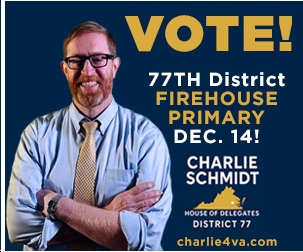Four years ago, Glenn Youngkin was busy running for governor on a thoroughly dishonest platform, pretty much on every single issue, including education, where he falsely attacked Democrats for a variety of things that were either false, distorted or fear mongering/demagoguery garbage. For instance, remember the racist panic over “CRT,” which wasn’t even being taught in Virginia K-12 schools (hell, 99%+ of voters had never even heard of it before Youngkin and the right-wing noise machine decided to make it an issue for the 2021 campaign, never to be heard about again)? Or how about Youngkin’s bogus claims that Democrats (supposedly) maliciously shut down public schools during COVID (and/or made kids wear masks), as opposed to doing so – along with most states, red or blue – as a deadly pandemic raged? Or how about Youngkin falsely claiming that Democrats lowered educational standards and that he, in contrast, would “restore excellence in education.” On all fronts, of course, Youngkin was (and still is) a L-I-A-R.
Then there was Youngkin’s far-right running mate, Winsome Sears, making WILDLY false claims about Virginia public schools, such as that supposedly “84% of Black kids are failing 70% of Latino kids are failing.” As then-VA Education Secretary Atif Qarni responded, “I don’t know what data points she’s talking about…what is she using…she just made up some numbers…she doesn’t know what she’s talking about.” Sears also falsely claimed, “they were teaching pretty much that there is white guilt and, uh, white privilege, that…white folks are racist the minute you see them” and “We don’t have time to teach reading writing and racism we need reading writing and arithmetic our kids are failing let’s focus on that.” Again, total bulls*** – false, wrong, inaccurate, distorted, etc.
Anyway, so now that Youngkin/Sears have been in charge since January 2022 – over three years – have they “restored excellence in education?” (of course, NOT counting insane stuff like Stasi-style “snitch lines,” etc.) According to the newly released Education Recovery Scorecard, uhhhh….not really! Here are some highlights from the Scorecard on Virginia, specifically, followed by the full press release on Virginia:
- “Virginia Ranked 41st in Reading Recovery Between 2019 and 2024″
- “Virginia Ranked 51st in Math Recovery Between 2019 and 2024; 46th in Math Improvement Between 2022 and 2024″
- “Average student achievement in Virginia remains almost a full grade level below 2019 levels in math and three quarters of a grade level below in reading.”
- “Mean achievement for students in Richmond City Public, Portsmouth City Public, Alexandria City Public, and Stafford Public, remains more than a full grade equivalent below 2019 reading levels.”
- “Virginia received $3.3 billion in federal pandemic relief for K-12 schools—or roughly $2,500 per student (which is less than the national average of $3,700 per student.) Nationally, our analysis suggests that the dollars did contribute to the academic recovery, especially when targeted at academic catch-up efforts such as summer learning and tutoring.”
By the way, just a reminder that you should *never* believe claims made by MAGA/Republican politicians, certainly not about education, because they are almost always totally or partly false, distorted, cherry picked, demagogic, racist, homophobic or some combination of all of those things. Not that the “mainstream media” will ever let you know that!
*****************************************
Virginia Ranked 41st in Reading Recovery Between 2019 and 2024
Virginia Ranked 51st in Math Recovery Between 2019 and 2024; 46th in Math Improvement Between 2022 and 2024
Average student achievement in Virginia remains almost a full grade level below 2019 levels in math and three quarters of a grade level below in reading.
Mean achievement for students in Richmond City Public, Portsmouth City Public, Alexandria City Public, and Stafford Public, remains more than a full grade equivalent below 2019 reading levels.
(February 11, 2025) In its third year of reporting on the pace of academic recovery measures in districts nationwide, the Education Recovery Scorecard (a collaboration between the Center for Education Policy Research at Harvard University and The Educational Opportunity Project at Stanford University) is issuing its annual report on district-level student growth in math and reading.
The latest report also provides the first high resolution picture of where Virginia students’ academic recovery stood in Spring 2024, just before federal relief dollars expired in September. While the National Assessment of Educational Progress described changes in average achievement by state, we combine those scores with district scores on state assessments to describe the change in local communities throughout Virginia. Here’s what we found:
- Virginia was 45th among states (including the District of Columbia) in terms of the size of the 2019-2022 change in math achievement, and 46th in terms of improvement between 2022 and 2024. As a result, Virginia ranked 51st among states in terms of math recovery. As discussed in our previous report, Virginia experienced some of the nation’s biggest drops in reading and math scores from 2019-2022, and therefore has further academic ground to recover than other states.
- Similar to math, Virginia was 46th in the country in terms of the 2019-2022 change in reading. However, Virginia was 14th in the country in terms of its improvement in reading between 2022 -2024. In the end, Virginia was 41st among states in terms of reading recovery between 2019-2024.
- Average student achievement in Virginia remains almost a full grade level below 2019 levels in math (.92 grade equivalents) and three quarters of a grade level below in reading (.72 grade equivalents). In other words, the loss in math achievement in Virginia is equivalent to 92 percent of the progress students typically make annually between grades 4 through grade 8.
- Mean achievement for students in Richmond City Public, Portsmouth City Public, Alexandria City Public, and Stafford Public, remains more than a full grade equivalent below 2019 levels in reading.
- The post-pandemic chronic absence rate in Virginia (19 percent in 2023) was below the national average of 26 percent in that year.
- Virginia received $3.3 billion in federal pandemic relief for K-12 schools—or roughly $2,500 per student (which is less than the national average of $3,700 per student.) Nationally, our analysis suggests that the dollars did contribute to the academic recovery, especially when targeted at academic catch-up efforts such as summer learning and tutoring.
The federal pandemic relief dollars may be gone, but the pandemic’s impact lingers in many Virginia schools. Even without federal relief dollars, states could be targeting continuing federal Title I dollars and state dollars to implement interventions which have been shown effective, such as tutoring and summer learning. State leaders, mayors, employers and other community leaders should join schools to redouble efforts on the shared challenge of reducing student absenteeism.
One of the project leaders, Professor Tom Kane from Harvard, said: “Unless state and local leaders step up now, the achievement losses will be the longest lasting– and most inequitable– legacy of the pandemic.”
For the national press release and findings click here.
About the Center for Education Policy Research at Harvard University
The Center for Education Policy Research at Harvard University, based at the Harvard Graduate School of Education, seeks to transform education through quality research and evidence. CEPR and its partners believe all students will learn and thrive when education leaders make decisions using facts and findings, rather than untested assumptions. Learn more at cepr.harvard.edu.
*************
UPDATED: Also, see below for an excellent thread by State Sen. Schuyler VanValkenberg, a public school teacher who knows a GAZILLION times more (and cares a GAZILLION times more) about public education than MAGA Glenn Youngkin.
